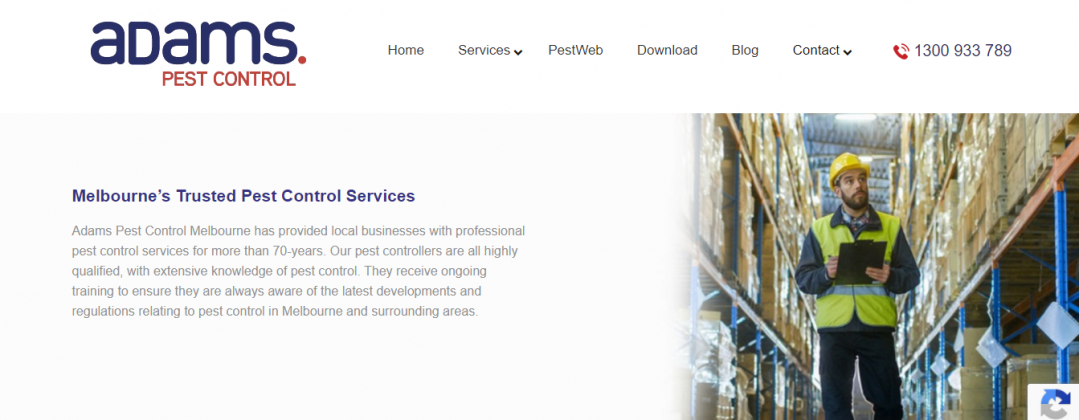
The 12-month project is to receive £200,000 from the Biotechnology and Biological Sciences Research Council (BBSRC) and the Natural Environment Research Council. “We intend to solve this problem by building on the rapidly evolving technology of photonics – the science of light – while collaborating with scientists from other disciplines.” “However, most electronic noses use electrochemical sensors, which suffer from sensitivity issues, sensor drift/aging effects, and lack specificity. Professor David Webb of the Aston Institute of Photonic Technologies (AIPT) said: “Better technologies for monitoring invertebrate pests and plant diseases will go a long way to reducing crop losses.

This is coupled with machine learning hardware that makes it practical to use artificial intelligence in business environments.

The new project uses recent developments in photonics technology that can analyze low levels of volatile organic compounds (VOCs) emitted by plants, which indicate their health. It monitors plants for insect and disease buildup rather than spraying plants with chemicals, but so far has proven to be unreliable and expensive. One method is to use Integrated Pest Management (IPM) to create an early warning system. The fruit is worth £350million to the UK economy, but is vulnerable to the potato aphid which has the potential to wipe out an annual crop.Ĭurrently crops are treated with pesticides, but there is growing pressure to find alternatives due to the environmental impact.

Midlands-based research will use strawberries to test the new technology. Each year, plant diseases cost the global economy more than $220 billion and invasive insects at least $70 billion. According to the Food and Agriculture Organization of the United Nations, up to 40% of global agricultural production is lost each year to pests.


 0 kommentar(er)
0 kommentar(er)
